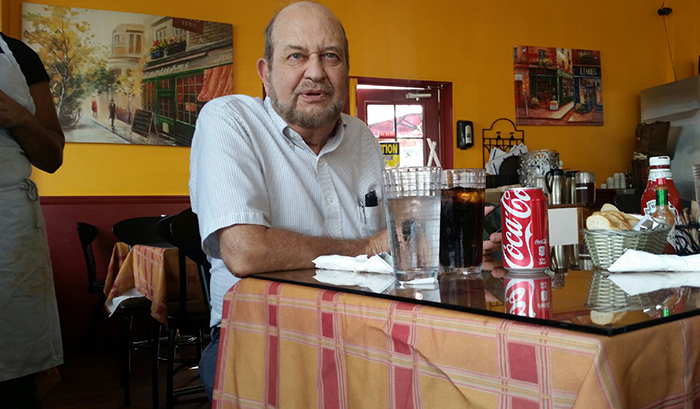A struggle has raged for decades across California and America to protect young people from negative aspects of drinking beer and hard liquor. The fight is spreading to newly legalized recreational marijuana. Several state legislators are trying to ban pot advertising along state highways.
This is happening when no one is quite certain whether new U.S. Atty. Gen. Jeff Sessions, a longtime foe of marijuana use and a former four-term U.S. senator from Alabama, will pursue criminal prosecutions for selling and using pot in this state. This, despite last fall’s Prop. 64, which supposedly legalized almost all use of the weed.
Gen. Sessions’s decision matters because federal laws always trump state ones where they conflict. Federal law continues to consider marijuana a Schedule 1 drug, along with heroin and ecstasy.
Even before Gen. Sessions can do much of anything – no one knows how much he will prioritize pot prosecutions – California lawmakers are trying to minimize the exposure of children and teenagers to advertising for cannabis products of all types.
The effort takes the form of a bill to outlaw marijuana advertising from state highways, 15,100 total miles of roadway. That would strengthen a portion of last fall’s pot-legalization Prop. 64, which bans billboards hawking pot from major state roads that cross state lines, a total of 4,315 highway miles.
There is precedent for this from the liquor front. While California has no state laws against booze billboards, cities like Oakland and San Diego do. In Oakland, beer and liquor ads are not allowed in residential neighborhoods or near schools, playgrounds and libraries, among other locales. In San Diego, billboards for alcohol are not allowed within 1,000 feet – about three blocks – of schools, recreation centers, child care centers and other places where children often congregate.
Most Restrictive of All
The proposed statewide restriction on pot ads goes farther than anyone ever has against alcohol.
Beer ads are seen in stadiums and arenas. Some are even named to promote breweries — Busch Stadium in St. Louis and Milwaukee’s Miller Park.
While academic studies establish a definite connection between boozy billboards and use of alcohol by minors, nothing has stopped the liquor and beer industries from spending a combined $4 billion yearly to promote and advertise their products. Plenty of signage decorates ballparks frequented by children.
This suggests there is plenty of merit in the proposed highway ban on marijuana product advertising.
Plenty of studies show — in 2014 editions of the medical journal Current Addiction – that using pot as rarely as once a week can lead to cognitive decline, lower IQ and memory problems.
So why not try to keep it away from children whose brains are still developing?
Not to worry, said legalization advocates during last fall’s campaign for Prop. 64. The law’s age limit of 21 will keep pot away from teenagers.
Of course, when recreational weed was illegal, plenty of teenagers found ways to get it. In a state where young adults of legal age commonly lend IDs to teenagers seeking alcohol, what will stop the same practice with pot?
Many who believe America’s war on drugs has failed are fine with marijuana being available to all.
Some even hearken back to a 1985 U.S. Senate hearing. Florida Republican Paula Hawkins concluded that “Our record contains no facts which would justify legislation to ban or censor advertising beer or wine products…”
Applying a similar conclusion that there’s no evidence of harm from marijuana sufficient to ban billboards would essentially make California’s children guinea pigs in the rush to legalization.
Many cannabis advocates say that since pot is legal, why not allow advertising it like any other legal product?
Legislators behind the proposed billboard restrictions — from locales as disparate as South Los Angeles, Oakland, Healdsburg and Palmdale — see it differently.
They warn that billboards can make pot smoking seem like fun, even to small children riding in the back seats of their parents’ cars.
The bottom line: Experimenting with the brains of California’s children is a bad idea. It is good a few legislators realize this.
Mr. Elias may be contacted at tdelias@aol.com. His book, “The Burzynski Breakthrough, The Most Promising Cancer Treatment and the Government’s Campaign to Squelch It,” is now available in a soft cover fourth edition. For more Elias columns, visit www.californiafocus.net

